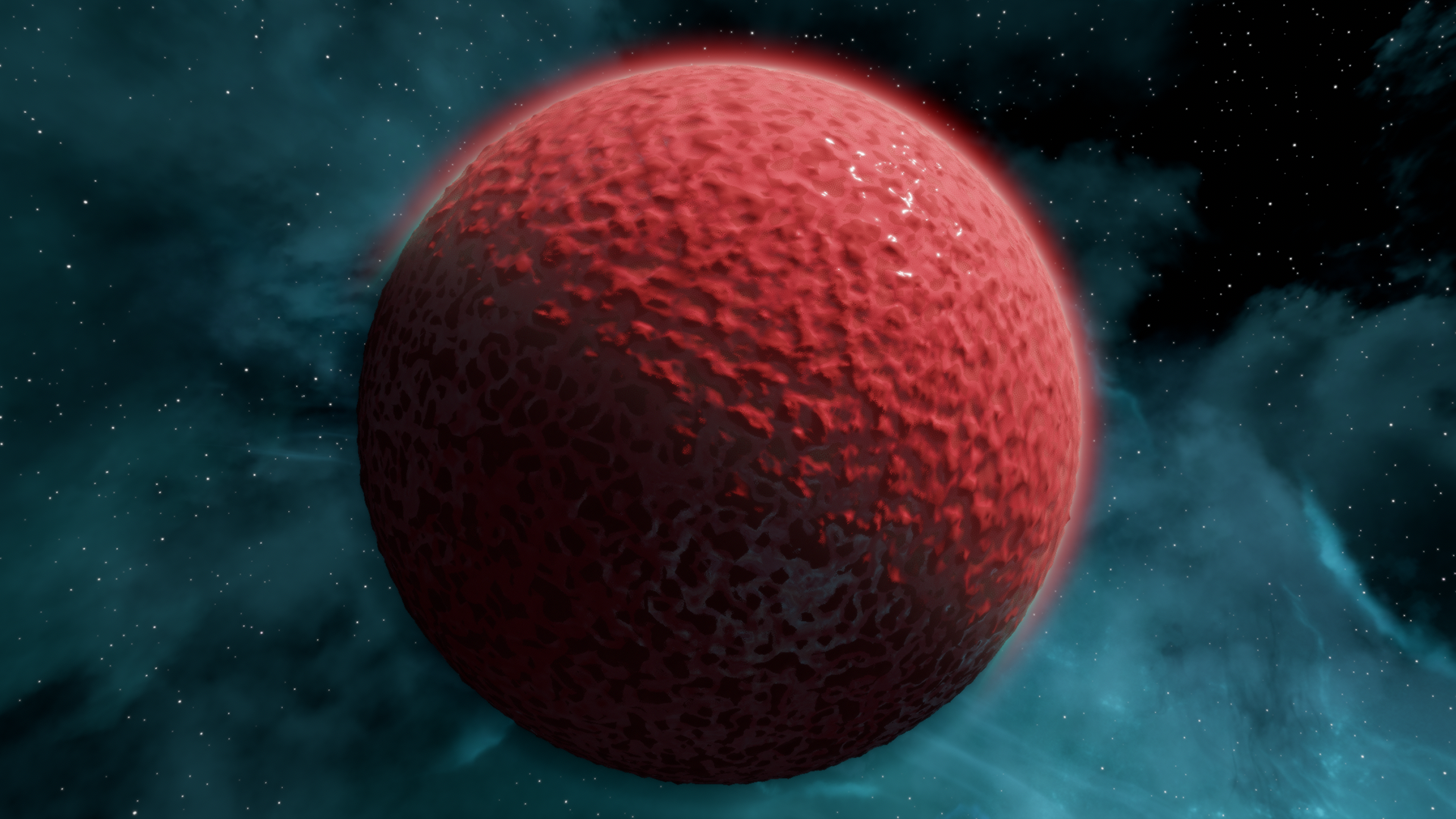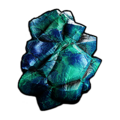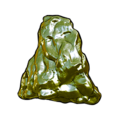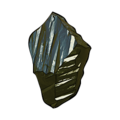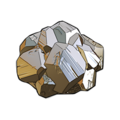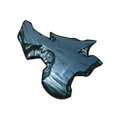Difference between revisions of "Isolde"
m |
m |
||
| Line 15: | Line 15: | ||
|class=Moon | |class=Moon | ||
|satelliteOf=[[Eos]] | |satelliteOf=[[Eos]] | ||
|location=14th moon of [[Eos]] | |location=14th moon of [[Eos]] | ||
|orbitalDistance=~ 60,000 km | |orbitalDistance=~ 60,000 km | ||
|satellites=[[Tristan]] | |||
}} | }} | ||
{{SB Infobox Celestial Body Physical Characteristics | {{SB Infobox Celestial Body Physical Characteristics | ||
Revision as of 04:40, 29 June 2024
(Welsh) - IPA(key)
Isolde (/ɪ.ˈsoʊld.ˌ(ə)/) is the second largest moon of Eos, possessing equally strong gravitational pull. Its mineral wealth is largely uniform, and its terrain varies only slightly between shades of a bright rosy red. It is a foggy moon, and its atmosphere is largely an identical red which only changes to a sublime turquoise at sunset and sunrise.
Nomenclature
Isolde is the name of several characters in the Arthurian legend of Tristan and Isolde, most prominent among them being Isolde of Ireland. Based on a Celtic legend, the tale is a tragedy about the illicit love between the Cornish knight Tristan and the Irish princess Isolde in the day of King Arthur. It depicts Tristan's mission to escort Isolde from Ireland to marry his uncle, King Mark of Cornwall. On the journey, Tristan and Isolde ingest a love potion, instigating a forbidden love affair between them.
